Wind turbine blades load matching method under biaxial fatigue test
DOI: 10.23977/jemm.2023.080101 | Downloads: 47 | Views: 1577
Author(s)
Dewang Li 1
Affiliation(s)
1 Lanzhou University of Technology, Lanzhou, 730000, China
Corresponding Author
Dewang LiABSTRACT
In order to improve the fatigue test accuracy and efficiency of full-scale structure of wind turbine blades, an effective load matching method for full-scale structure fatigue test of wind turbine blades under biaxial loading is proposed. The blade biaxial loading fatigue test scheme is designed. The transfer matrix method is used to calculate the test bending moment under biaxial loading. The particle swarm optimization algorithm is designed to optimize the position and mass of the excitation device in the flap-wise and edgewise directions and the position, mass and quantity of the fixed counterweight. Based on this, the calculation model of the test bending moment and the data of the target bending moment are integrated into the particle swarm optimization algorithm to achieve the optimal matching of the biaxial loading fatigue test load, Finally, a numerical example is given to verify it. The results show that this method can make the test load closer to the target load, further accelerate the popularization of biaxial loading fatigue test, and provide a certain theoretical reference and application value for engineering practice.
KEYWORDS
Biaxial loading, wind turbine blades, fatigue test, load matchingCITE THIS PAPER
Dewang Li, Wind turbine blades load matching method under biaxial fatigue test. Journal of Engineering Mechanics and Machinery (2023) Vol. 8: 1-11. DOI: http://dx.doi.org/10.23977/jemm.2023.080101.
REFERENCES
[1] X. F. Chen, Y. J. Guo, C. B. Xu and H. B. Shang. Review of fault diagnosis and health monitoring for wind power equipment. China Mechanical Engineering, 2020, 31: 175–189.
[2] IEC 61400-23, Wind turbines-part 23: Full-scale structural testing of rotor blades, Switerland: International. Electrotechnical Commission, 2014.
[3] G. H. Liao and J. Z. Wu. Vibration characteristics of bidirectional electric reciprocating loading system of wind turbine blade. Acta Energiae Solaris Sinica, 2021, 42: 380–385.
[4] O. Castroa, P. Berring, K. Branner, C. F. Hvejsel, S. C. Yeniceli and F. Belloni. Bending-moment-based approach to match damage-equivalent strains in fatigue testing. Engineering Structures, 2021, 226: 111325.
[5] C. L. Li, J. F. Zhang, D. G. Zhang and Z. Y. Li. Accuracy research on full-scale test of large wind turbine blade. Composites Science and Engineering, 2021, 4: 83–88+101.
[6] Q. Ma, Z. W. An, J. Q. Gao, H. X. Kou and X. Z. Bai. A method of determining test load for full-scale wind turbine blade fatigue tests. Journal of Mechanical Science and Technology, 2018. 32: 5097–5104.
[7] X. M. Huang, L. A. Zhang, G. M. Yuan and N. Wang. Accuracy improvement on fatigue test of megawatt wind turbine blades by adaptive fuzzy control. Journal of Vibroengineering, 2014, 16: 2631–2638.
| Downloads: | 11121 |
|---|---|
| Visits: | 422865 |
Sponsors, Associates, and Links
-
Cybernetics and Mechatronics
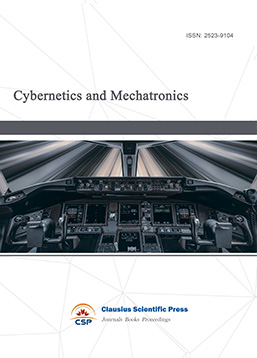
-
Digital Manufacturing and Process Management
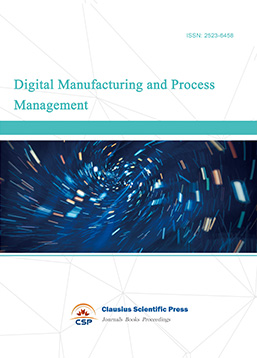
-
Ultra-Precision Machining Process
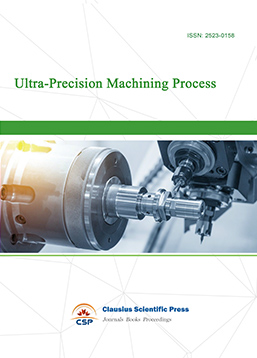
-
Journal of Robotics and Biomimetics
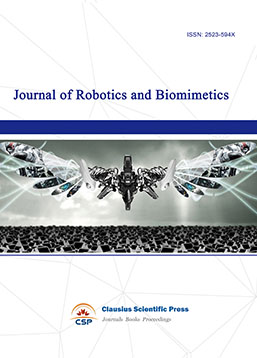
-
Prognostics, Diagnostics and Health Management
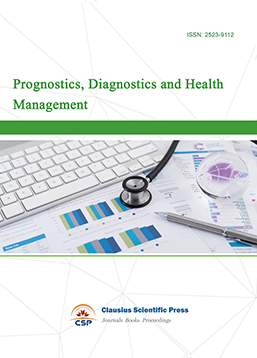
-
Micro-Electro-Mechanical Systems
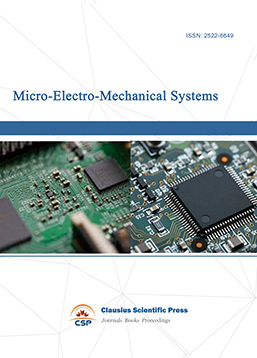
-
Journal of Precision Instrument and Machinery
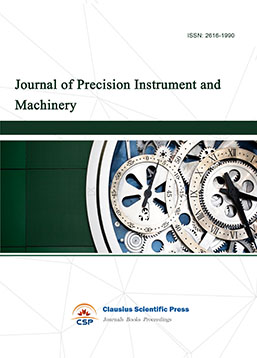
-
Engineering and Solid Mechanics
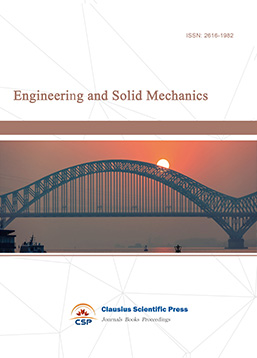
-
Fracture and Damage Mechanics
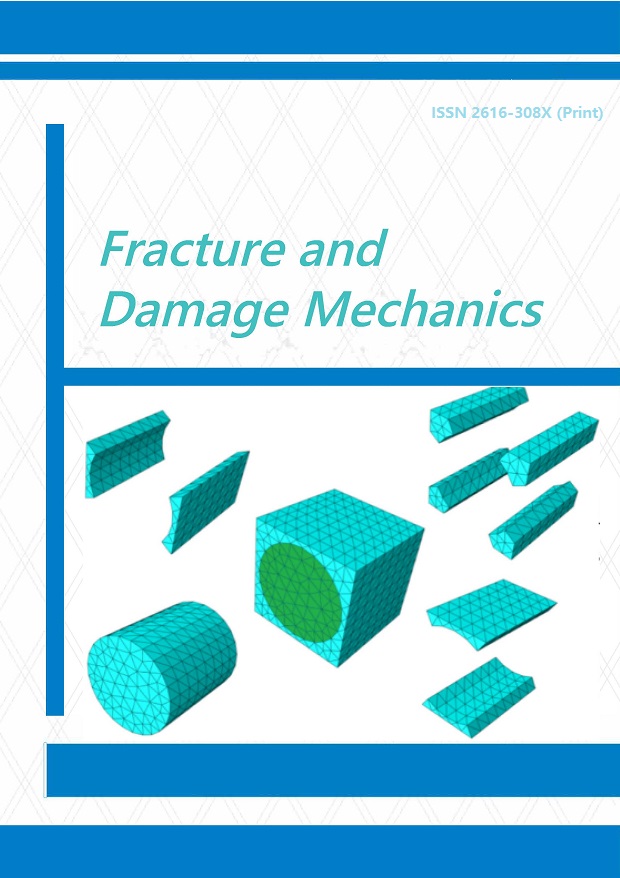
-
Frontiers in Tribology
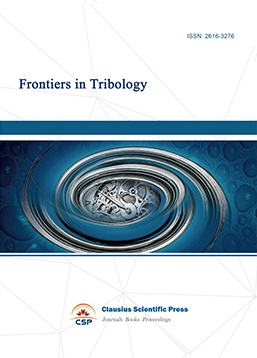
-
Fluid and Power Machinery
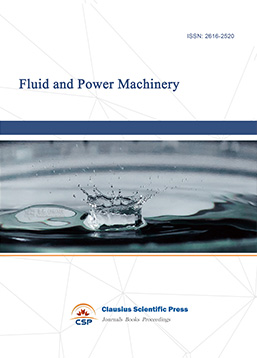
-
Chemical Process Equipment
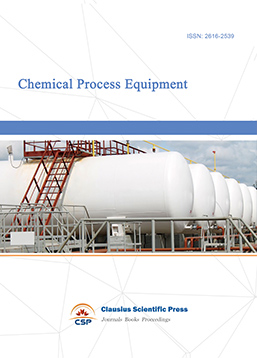
-
Journal of Assembly and Manufacturing
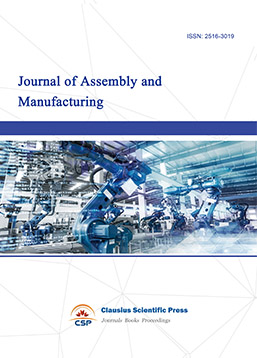
-
Mechanical Vibration and Noise
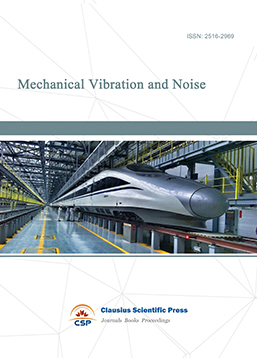

 Download as PDF
Download as PDF